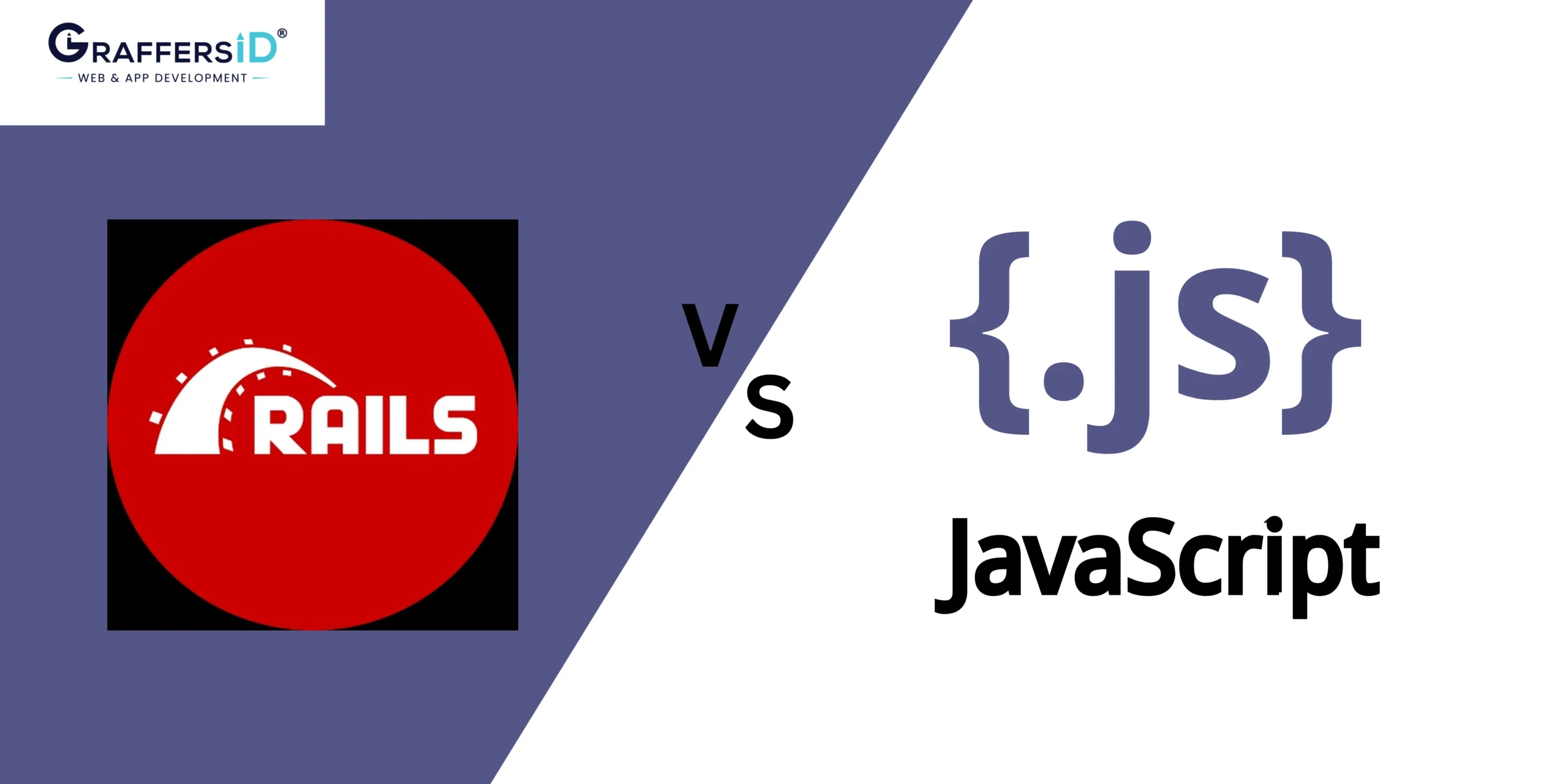JavaScript, often abbreviated as JS, is a versatile programming language commonly used for client-side scripting in web development. It enables dynamic and interactive web experiences by allowing developers to manipulate the DOM (Document Object Model), handle events, and create asynchronous operations. With the advent of Node.js, JavaScript has also become a popular choice for server-side development, enabling full-stack web development using a single language. JavaScript’s ecosystem is vast, with numerous libraries and frameworks catering to frontend, backend, and even mobile development.
JavaScript is a versatile programming language that has evolved beyond its initial role as a client-side scripting language. It is now widely used for both frontend and backend development, thanks to frameworks like Node.js. JavaScript’s asynchronous nature, along with advancements in browser performance, has contributed to its rise in popularity for building highly interactive web applications. Its rich ecosystem, including libraries like React and Vue.js, makes it a go-to choice for modern web development, offering scalability, performance, and flexibility.
Key Features of JavaScript:
Versatility:
JavaScript can be used for both frontend and backend development, thanks to frameworks like Node.js, making it a versatile choice for full-stack development.
Asynchronous Programming:
JavaScript’s non-blocking, asynchronous nature allows for smooth handling of I/O operations, leading to better performance and responsiveness in web applications.
Rich Ecosystem:
JavaScript boasts a rich ecosystem of libraries and frameworks such as React, Angular, and Vue.js for frontend development, as well as Express.js and Nest.js for backend development.
JSON Support:
JavaScript Object Notation (JSON) is natively supported in JavaScript, making it easy to work with APIs and exchange data in a standardized format.
Community and Tooling:
JavaScript has a massive community of developers and extensive tooling support, including package managers like npm and yarn, IDEs, and debugging tools.

Advantages of JavaScript
Full-Stack Development:
JavaScript allows developers to work on both the frontend and backend, promoting code reuse, and facilitating a seamless development experience.
High Performance:
With advancements in JavaScript engines like V8, JavaScript applications can achieve high performance, especially when optimized for speed.
Scalability:
JavaScript’s ecosystem offers scalability options with frameworks like Node.js and scalable cloud platforms, enabling developers to build and deploy scalable applications.
Disadvantages of JavaScript
Browser Compatibility:
Ensuring cross-browser compatibility can be challenging due to differences in how browsers interpret JavaScript code, requiring additional testing and polyfills.
Callback Hell:
Asynchronous programming in JavaScript, especially with callbacks, can lead to complex and hard-to-maintain code structures known as “callback hell.”
Security Concerns:
JavaScript’s client-side nature exposes it to security risks such as Cross-Site Scripting (XSS) attacks, requiring developers to implement proper security measures.
Key Differences Between Ruby on Rails and JavaScript
Primary Use:
Ruby on Rails is primarily used for server-side web application development, while JavaScript is used for both front-end and server-side development, thanks to frameworks like Node.js.
Language vs Framework:
Ruby on Rails is a web application framework built using the Ruby programming language, while JavaScript is a versatile programming language used for various development purposes.
Paradigm:
Ruby on Rails follows an object-oriented paradigm, whereas JavaScript supports multiple paradigms including object-oriented and functional programming.
Architecture:
Ruby on Rails follows the Model-View-Controller (MVC) architecture, whereas JavaScript is not tied to a specific architectural pattern, offering more flexibility in structuring applications.
Community and Ecosystem:
Both have active communities and extensive ecosystems, with Ruby on Rails offering a range of gems and tools, while JavaScript has a vast library of frameworks and libraries.
Development Speed:
Ruby on Rails promotes rapid development with its conventions and scaffolding, while JavaScript enables fast prototyping and development for front-end tasks.
Security:
Both require attention to security, but JavaScript on the client side can be vulnerable to certain security threats like Cross-Site Scripting (XSS) if not handled properly.
Flexibility:
JavaScript is more flexible than Ruby on Rails, especially for front-end development, allowing developers to choose from a variety of libraries and frameworks.
Usage in Industry:
Ruby on Rails is commonly used in startups and web development projects, while JavaScript is widely used across industries for web development, mobile apps, and more.
Tooling:
Ruby on Rails provides integrated tooling and generators for streamlined development, whereas JavaScript offers extensive tooling and libraries through package managers like npm and yarn.
Which is more popular: Ruby on Rails and JavaScript?
As of the current market data, JavaScript significantly surpasses Ruby on Rails in terms of popularity and adoption across various domains of web development. Here’s an overview of the popularity of both Ruby on Rails and JavaScript based on market data:
JavaScript Popularity:
- Usage Across Domains: JavaScript is widely used not only for front-end web development but also for server-side development (Node.js), mobile app development (React Native), and desktop application development (Electron), among others. This broad adoption contributes significantly to its popularity.
- Developer Demand: JavaScript developers are in high demand due to its versatility and the widespread use of JavaScript frameworks and libraries like React, Angular, and Vue.js. Many job postings and tech roles require proficiency in JavaScript and its associated technologies.
- Community and Ecosystem: JavaScript has a massive and active community of developers globally. This vibrant community contributes to the continuous evolution of JavaScript standards, frameworks, tools, and best practices, further enhancing its popularity.
- Market Share: JavaScript holds a dominant market share in web development technologies, with a vast majority of websites using JavaScript for client-side interactivity and dynamic content.
Ruby on Rails Popularity:
- Focused Domain: Ruby on Rails is primarily focused on server-side web application development. While it has been popular in the past, its adoption has seen a decline compared to JavaScript, especially in recent years.
- Niche Usage: Ruby on Rails is still preferred by certain companies and startups for rapid prototyping, building MVPs (Minimum Viable Products), and projects where convention-over-configuration and developer productivity are prioritized.
- Community Size: The Ruby on Rails community, while not as extensive as JavaScript’s, remains active and supportive, offering valuable resources, gems, and best practices for RoR developers.
- Job Market: While there are job opportunities for Ruby on Rails developers, especially in companies that maintain legacy RoR applications or prefer the framework for specific projects, the demand is relatively lower compared to JavaScript-related roles.
JavaScript enjoys significantly higher popularity and adoption than Ruby on Rails, thanks to its versatility, broad ecosystem, and extensive use across various domains of web development. However, it’s important to note that both technologies have their strengths and are suitable for different use cases, depending on the project requirements and development goals.
When to Use Ruby on Rails vs JavaScript

Choosing between Ruby on Rails and JavaScript depends on several factors, including project requirements, development goals, team expertise, and scalability needs. Here’s a guide on when to use Ruby on Rails and JavaScript respectively:
Use Ruby on Rails When:
- Rapid Prototyping: Ruby on Rails is ideal for rapid prototyping and MVP (Minimum Viable Product) development, thanks to its convention-over-configuration approach, scaffolding, and built-in features like ActiveRecord for database interactions.
- Convention-Driven Development: If you prefer a framework that enforces conventions and provides a structured development environment, Ruby on Rails is a good choice. It streamlines development by reducing boilerplate code and emphasizing best practices.
- Startups and Small Projects: Startups and small projects that prioritize quick development, developer productivity, and time-to-market can benefit from Ruby on Rails. It allows teams to focus on business logic rather than low-level implementation details.
- Monolithic Applications: Ruby on Rails is well-suited for developing monolithic applications where all components (frontend, backend, database) are tightly integrated. It simplifies development by providing a cohesive framework for managing different layers of the application.
- Team Expertise: If your development team has expertise in Ruby and prefers an opinionated framework with a strong community and ecosystem, Ruby on Rails is a natural choice.
Use JavaScript When:
- Front-End Interactivity: JavaScript is essential for creating dynamic and interactive user interfaces on the client side. If your project requires rich front-end functionality, such as real-time updates, animations, and user-driven interactions, JavaScript is indispensable.
- Full-Stack Development: For projects that involve both front-end and back-end development, JavaScript shines with frameworks like Node.js, Express.js, and Meteor. It enables full-stack development using a single language, promoting code reusability and consistency.
- Scalability and Performance: JavaScript, particularly with Node.js, offers scalability options for handling high traffic and concurrent requests. It excels in building scalable server-side applications and APIs with non-blocking I/O operations.
- Component-Based Architecture: JavaScript frameworks like React, Angular, and Vue.js are ideal for building applications with a component-based architecture. They facilitate modular development, code reusability, and maintainability, making them suitable for large-scale projects.
- Cross-Platform Development: JavaScript is widely used for cross-platform development, including mobile apps (React Native, Ionic) and desktop apps (Electron). If your project requires multi-platform compatibility, JavaScript frameworks offer robust solutions.
Which is more suitable for large-scale applications- Ruby on Rails vs JavaScript in 2025?
Both Ruby on Rails and JavaScript (Node.js/React/Angular) offer unique advantages and considerations for large-scale application development in 2025.
- Ruby on Rails excels in developer productivity, convention-driven development, and a mature ecosystem of gems and plugins. While it has made strides in scalability, especially with optimizations and scaling techniques, it may still face challenges in handling extremely high traffic or massive datasets compared to JavaScript frameworks like Node.js.
- JavaScript, with its Node.js backend and frontend frameworks like React and Angular, offers unparalleled scalability, full-stack capabilities, and a vast tooling ecosystem. Its non-blocking I/O model, event-driven architecture, and support for microservices make it a compelling choice for large-scale applications that require high performance, real-time updates, and extensive scalability.

Conclusion:
In conclusion, the choice between Ruby on Rails and JavaScript depends on your project’s specific needs, team skillset, and long-term scalability goals. Ruby on Rails is excellent for rapid development, convention-driven projects, and startups focused on quick MVP iterations. On the other hand, JavaScript, with its versatile ecosystem, is ideal for front-end interactivity, full-stack development, scalability, and cross-platform applications.
Evaluate your project requirements, consider factors such as development speed, scalability, front-end interactivity, and team expertise, and choose the technology stack that aligns best with your goals. Both Ruby on Rails and JavaScript have their strengths, so make an informed decision based on careful consideration of your project’s unique needs and objectives.

Hire Dedicated Remote Developers from GraffersID
Are you looking for skilled and dedicated remote developers to boost your development team and accelerate your project’s success? Look no further than GraffersID! Our team of experienced developers is ready to join your project remotely and contribute their expertise to help you achieve your goals.
At GraffersID, we understand the importance of having a talented and reliable development team that can deliver high-quality results on time. Whether you need front-end developers proficient in JavaScript frameworks like React, Angular, or Vue.js, or backend developers experienced in Ruby on Rails or Node.js, we have the talent you need.
By hiring dedicated remote developers from GraffersID, you can benefit from:
- Cost-Effective Solutions: Save on overhead costs associated with in-house hiring and infrastructure while accessing top-notch development talent.
- Flexible Engagement Models: Choose from flexible engagement models based on your project requirements, whether you need full-time, part-time, or project-based developers.
- Scalable Teams: Scale your development team up or down based on project demands, ensuring optimal resource allocation and cost efficiency.
- Expertise and Experience: Work with developers who have a proven track record of delivering high-quality code, adhering to best practices, and meeting project deadlines.
Don’t let talent constraints or geographical limitations hinder your project’s success. Hire dedicated remote developers from GraffersID and take your development initiatives to new heights. Contact us today to discuss your requirements and start building your dream development team!



